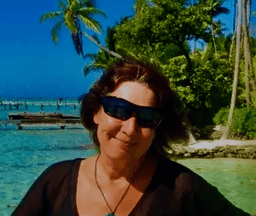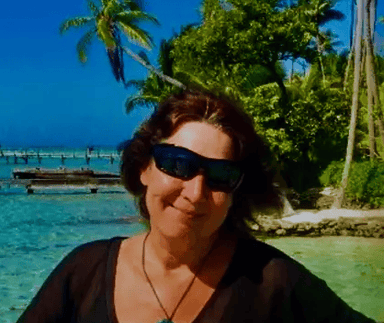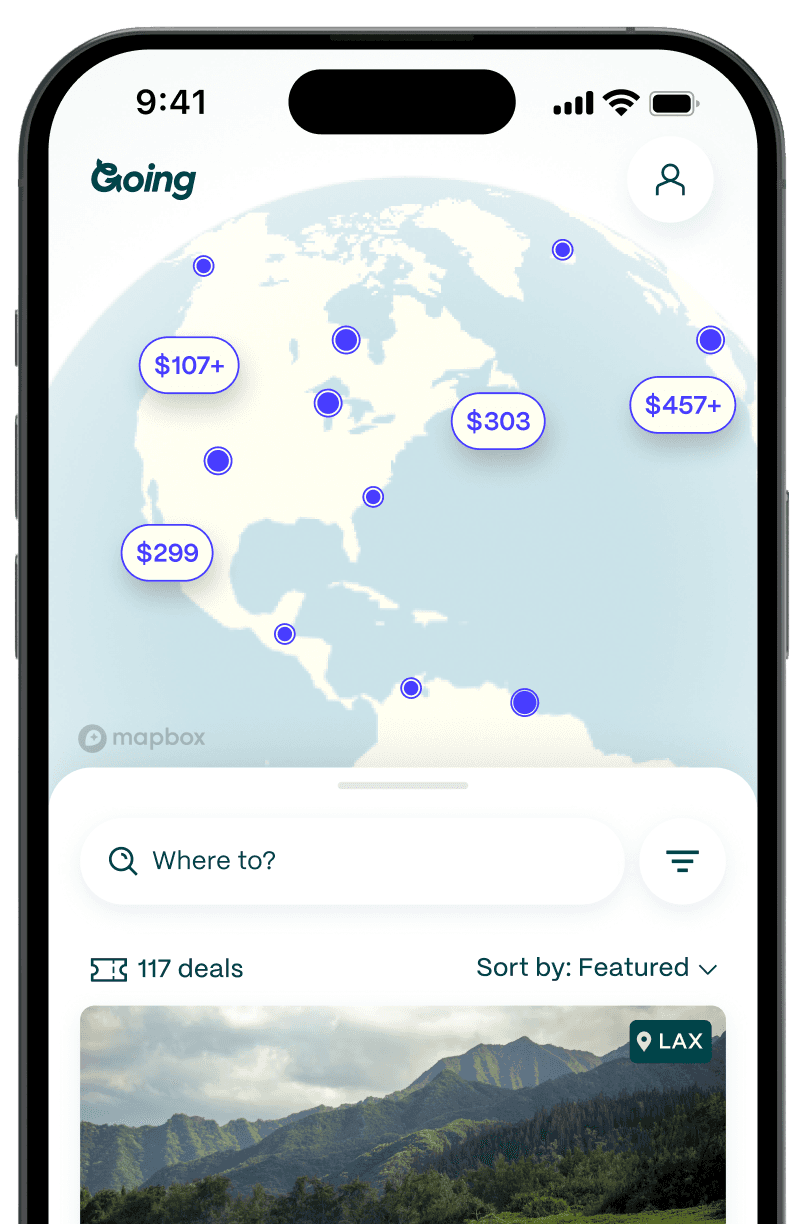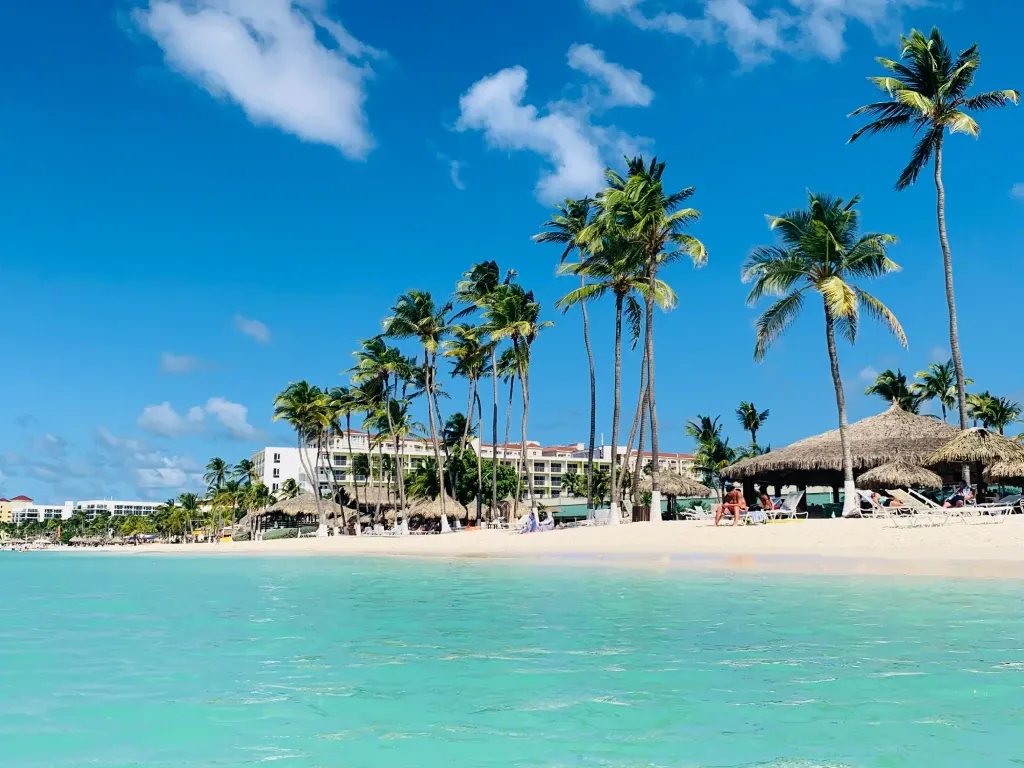
Aruba: The Caribbean Island That's Over 20% Protected Park
Table of Contents
If your idea of the ideal tropical escape includes rainforest jungles, towering verdant peaks, rushing waterfalls, and exotic wildlife, you’ll be disappointed with a trip to Aruba. It’s not any of that.
Aruba is flat, dry, rocky, and tiny (69 square miles to be exact), and the towering palm trees along famous Palm Beach have all been transplanted from elsewhere. The island is not lush.
But, if you’re seeking stunning white sand beaches lapped with crystal clear, warm aqua surf and every conceivable modern amenity you might imagine, then this could become your happy holiday place. And the fact that the Aruba Tourism Authority confidently boasts that the island has the highest visitor repeat ratio (65%) of all of the Caribbean suggests that this island might be somewhat addictive, too.
Not such a “useless island”
How did this little outpost off the coast of Venezuela become one of the most-visited Caribbean islands? Here’s the short version.
The Caquetios Indians of the Arawak tribe first paddled here some 4,000 years ago to escape from their aggressive Carib neighbors. The Spanish came next, but after discovering Aruba had no gold (or so they thought), they dubbed it a useless island (“isla inutiles”), rounded up all the Arawak people, and sent them to work the mines in Hispaniola (some were brought back to work ranches, and other new Indians came from the mainland later on their own, which means Arubans probably have some remote Arawak ancestry in their DNA).

When the Dutch took it from the Spanish in 1636, near the end of the 80-year war, they weren’t too impressed either and basically used the island to breed horses and goats. But when gold was discovered in 1824, they paid more attention. Two smelters were built (you can still visit the ruins), but after a mini-gold rush (some three million pounds of the precious metal was extracted), it eventually petered out by 1913.
It was oil that finally put Aruba on the global map. During World War II, Aruba was one of the largest oil refinery centers in the world, supplying fuel to the Allied forces. But when global demand eventually deflated, the booming town of San Nicolas that housed the refinery began to decline rapidly. So, the Dutch government set its sights on attracting tourism along the vast stretches of pristine beaches on the other end of the island. Today—as a constituent country with separate status (status aparte) within the Kingdom of the Netherlands—Aruba welcomes close to two million visitors to its shores per year.
To dig in-depth into Aruba’s history, visit the Archaeological Museum, the Museum of Industry, and Aruba Etnia Nativa.

Never mind the weather
Aruba’s southern Caribbean location just north of the equator and outside of what is commonly referred to as the “hurricane belt” keeps it dry and hot year-round. In fact, every day, the temps are in the mid-80s, and there are fewer than 20 inches of rainfall per year—and the odd downpour is usually short-lived. This consistent semi-arid climate makes it a reliable holiday destination weather-wise any time of year.
It does get quite windy, though. With incessant trade winds running around 20 mph, it’s really a “beach hair, don’t care” kind of holiday vibe, especially around the water (pack towel clips to keep beach towels in place). But that consistent wind makes it a prime spot for windsurfing, kiteboarding, and wing foiling.
Some of the world’s best have trained at Hadicurari Beach, the most famous being local windsurfing legend Sarah-Quita Offringa, a 20-time world champion. Each May, this is also the spot for one of the world’s largest windsurfing competitions called the Aruba Hi-Winds.

An unexpected outback
It’s a shock to the system when you leave the lush, green, artificially landscaped resort areas of Aruba to catch your first glimpse of “the park.” Twenty percent of the island (about 13 square miles) is cordoned off as a protected national preserve called Arikok National Park, and the vast expanse is a scrubby, cacti-studded, inhospitable outback. Though it can pop with color occasionally after a rain when the Kibrahacha trees burst into spontaneous blooms with brilliant lemon-yellow flowers, typically, it’s rather desolate.
However, there is hidden life humming throughout the park if you know where to look. Book a hike with eco-tour operator Aruba Nature Adventures to learn all about the intricate dance of codependency that keeps this fragile ecosystem alive, or take a guided hike and snorkel to the park’s most popular attraction, Conchi, a spectacular seaside natural pool in the rugged interior.
More surprises await along the park’s picturesque east coast. Stunning little sand bocas (coves) flanked by ancient limestone cliffs cradling pools of brilliant aqua waters beckon you to enjoy their primal splendor (just admire them from shore; the current is too dangerous to swim).
Visitors must pay a conservation fee at the park’s entrance, and there are strict rules about what type of vehicles are allowed in the protected areas.

Cool and quirky animal encounters
Not far from the resorts, don’t be surprised to encounter wild goats and donkeys. Both were left behind by the Spanish, and while stoba di cabrito (goat stew) is a staple of Aruban cuisine, the donkeys, left to wander once no longer useful for transportation, now sometimes need human help. The non-profit Donkey Sanctuary Aruba has made an excellent forever home for those who can’t survive in the wild. Visitors are welcome, and it’s free.
At your resort, you’re bound to encounter the speedy little kododo blauw, Aruba’s indigenous whiptail lizard. They’re hard to miss in their electric neon-blue spotted skin, and they’re not shy. They’re one of the fastest lizards on earth, but they’ll slow down if they spy a treat. You’ll also encounter lots of cheeky yet harmless iguanas. They’re not shy either, so keep your eyes on your fries! (Feeding the wildlife is never recommended, but they often help themselves.)
Also quirky are the shocos, a rare (and endangered) species of burrowing owl found only on Aruba. They are very cute but very shy and hard to spot. However, if you hear a hissing rattlesnake-like sound, then you might have stumbled upon a nest. They make that noise to deter predators. For hundreds of species of native birds, like the snowy egret—who always looks like they've had a bad hair day—and lots of migratory birds, visit the Bubali Bird Sanctuary or go on an outing there with Birdwatching Aruba.
But don’t expect to see flamingos there; they’re not native to Aruba. The two different small flocks on the two private islands are captive and come from birds brought to the island in the early 2000s.
In summer months, four species of sea turtles lay their eggs on Aruba’s beaches. The massive leatherbacks are such a sight to see, but daytime nesting is rare. However, if you’d like to see some hatchlings scramble to the sea, get alerts from Turtugaruba; they typically head to the water at dusk, and visitors and locals love to watch the spectacle.

A culinary evolution
With a population of some 100 different nationalities and some 400 restaurants, the culinary choices in Aruba are diverse island-wide.
Borne of what has been historically accessible (it’s near impossible to grow things here due to lack of rainfall), Aruban specialties are typically soups (sopas) and stews (stobas) made of meat, fish, and seafood; fried fish topped with a spicy creole sauce from island-grown hot peppers; sides like polenta, fried plantains, rice and beans, or green vegetables (often okra); and pan bati (a cornmeal flatbread). A great spot to try many of the island’s locally inspired dishes is the Authentic Aruban Buffet at Elements seafront restaurant. And don’t forget to douse it with Hot Delight, a locally produced hot sauce made with peppers and papaya.
But the past few years have seen a decided uptick in avant-garde offerings, more cosmopolitan-style eateries, and much more modern and creative fusion cuisines.
Old and new hybrid experiences like Taste My Aruba—where you can enjoy traditional Aruban goat stew and fresh fish off the dock while your barkeep smokes a modern craft cocktail tableside—are becoming all the rage.
And there are close to a dozen chef’s table experiences now where the menu is always a surprise depending on the chefs’ whimsy, and some come with an additional twist. Infini chef’s table has a standard horseshoe open kitchen and also offers outdoor garden samplings of the artfully plated eight-course menu. The Journey Aruba offers its five-course, French Caribbean–inspired chef’s table experience at stand-alone tables rather than a sit-around bar. Senses, after a long successful run as a private intimate horseshoe venue on Eagle Beach, now offers the best of both worlds at its new Radisson Blu location on Palm Beach, with a private chef’s table experience and a separate a la carte space all under the same roof.
And unique new venues to dine in are also on offer. Private catered dinners and breakfasts are now available at the very top of the California Lighthouse, the legendary towering landmark on the north coast, one of only two lighthouse dining experiences available in the world. And De Olde Molen, the 200-year-old red windmill transported from the Netherlands in 1960, is open once again for dining after a many-year respite, now hosted by King Fred and Princess Diana, two locally renowned culinary legends.
The San Nicolas renaissance
It’s worth the half-hour drive from Palm Beach to explore the little ex-oil refinery town of San Nicolas. Once the bustling economic hub of the island—home to the island's first car, first theater, first bowling alley, first international school, first social club, and more—it went into a steep decline after global oil demand slumped and the refinery closed in 1985. Since then, it was only Charlie’s Bar that could lure visitors into making the trek. The legendary establishment, in continuous operation for over 80 years, is famous for its mini museum of memorabilia (and its “Boozer Coladas”). But today, there are many more reasons to visit.
Thanks to the annual Aruba Art Fair established in 2016, San Nicolas is undergoing a cultural renaissance. Close to fifty massive works from creators from around the world now delight art lovers in a small downtown grid. You can self-tour, but better to book with Aruba Mural Tours to get a more in-depth experience. And the modern new ArtisA art gallery (the foundation behind the art fair) hosts special cultural events like chef’s tables with the artist in residence and art workshops, and they are opening a sister “fun art gallery” nearby called “Space21.art” that will double as a bar.
Also worth checking out is the distinctive old water tower that’s now a modern Museum of Industry and the 80-year-old Nicolaas Store that is now a cool Kulture Café full of art and history. The new colorful street food kiosks around Carnival Village square (San Nicolas is the birthplace of Aruba’s Carnival) provide great local fare while the town’s rejuvenated vibe has attracted trendy new dining emporiums like Neighba.
Revitalized ‘San Nic’ is definitely worth the trek, and don’t forget your bathing suit because you’ll want to spend some time at local favorite Baby Beach, a few minutes’ drive from town.
Don’t be offended by “dushi”
Locals get a kick out of the double eyebrow raise or small gasp when visitors encounter the word “dushi” (pronounced douche-y) for the first time. It’s emblazoned on countless items and even accompanies the name of some businesses, like Dushi Bagels & Burgers. It’s a commonly used phrase from the native local language of Papiamento, and it means a variety of things. All of them are good. It’s thought to have come from the Spanish word for sweet “dulce,” but it has many meanings now in the Dutch Caribbean islands of Aruba, Bonaire, and Curaçao, where Papiamento is spoken.
Something sweet or delicious is dushi. An awesome experience can be dushi, or something beautiful can be dushi, too. Mi dushi means my sweetheart, but it can be a less romantic term of endearment as well like “danki, dushi” is akin to “thank you, dear.” And biba dushi means living the good life. The expression is everywhere: Visit ArubaMade mini-mall in downtown Oranjestad for a superb selection of souvenirs with Papiamento phrases like “dushi” on them.
But no worries if you’re not up to learning any Papiamento words while on holiday here. Most residents are fluent in Dutch, Papiamento, Spanish, and English. In fact, they learn them all in school.
A surprising choice of stays
Yes, there are many big box branded hotels and resorts vying for space along the prime real estate of Aruba’s best beaches. But there are some unexpected boutique-style stays, too.
Bucuti & Tara Beach Resort is an adults-only oasis that boasts arguably the best eco-conservation record on the planet (they have the receipts). The historic 55-year-old Manchebo Beach Resort & Spa has totally reinvented itself as a dedicated health and wellness retreat. Boardwalk Boutique Hotel Aruba offers an enchanting collection of candy-colored stand-alone casitas (cottages) steps away from Palm Beach.
Or how about something completely different, like glamping in the desert in a tricked-out silver Airstream replete with its own pool, whirlpool, and deluxe tropical outdoor shower? Aruba has that, too.
But probably the most surprising community of unexpected accommodations is found in Savaneta, a small fishing village. Here you’ll find luxurious overwater bungalows at Aruba Ocean Villas. They also have South Pacific–style beach villas, bamboo eco-cabins, and even a treehouse-style stay. Book a toes-in-the-sand dinner at their little The Old Man and The Sea restaurant, which is open to non-guests. (Reservations are mandatory, and be forewarned that the entire resort is adults-only.)
Read about the cheapest Caribbean vacations, see our deals on flights to Aruba, and join Going to get cheap flights delivered right to your inbox.
More Caribbean destinations:
Last updated August 29, 2024
Articles you might like
View All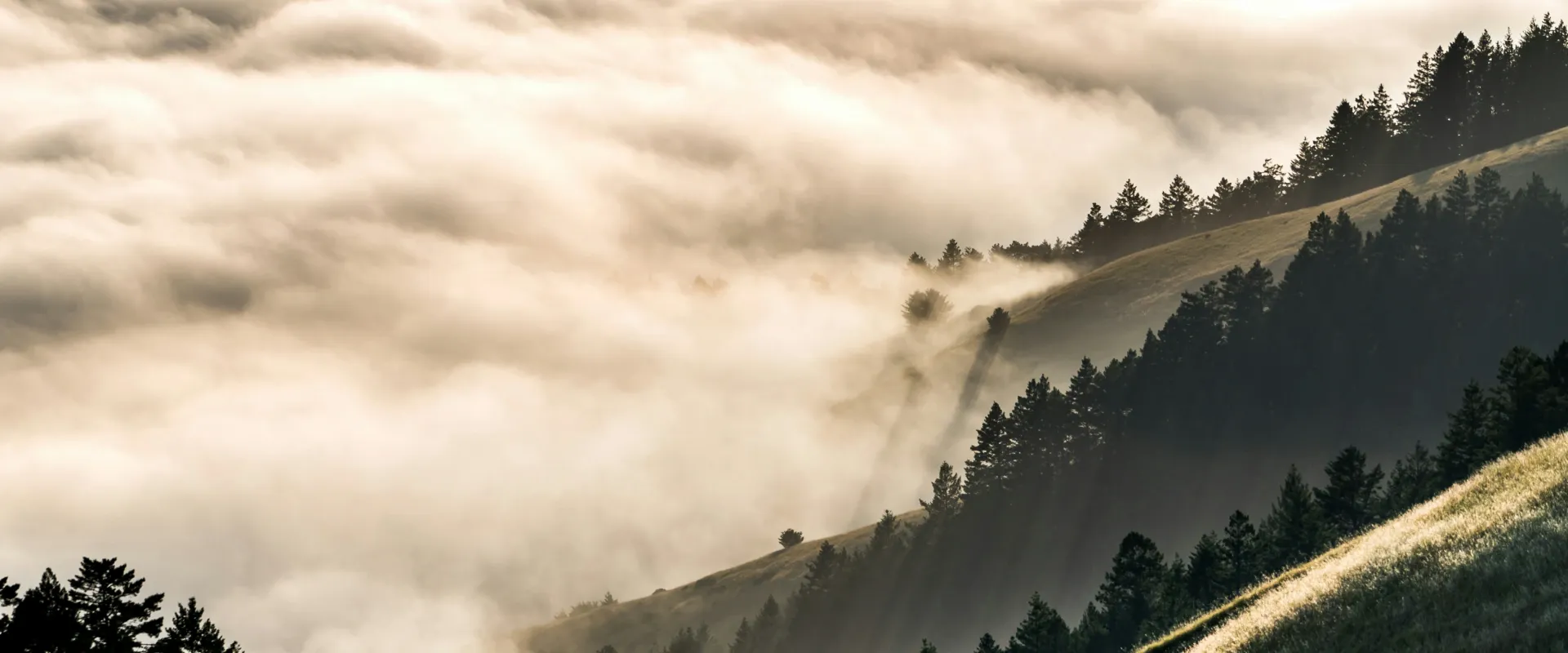
Best Day Trips from San Francisco: 25 Trips You’ll Actually Want to Take (2026)
Jan 6, 2026
12 min read
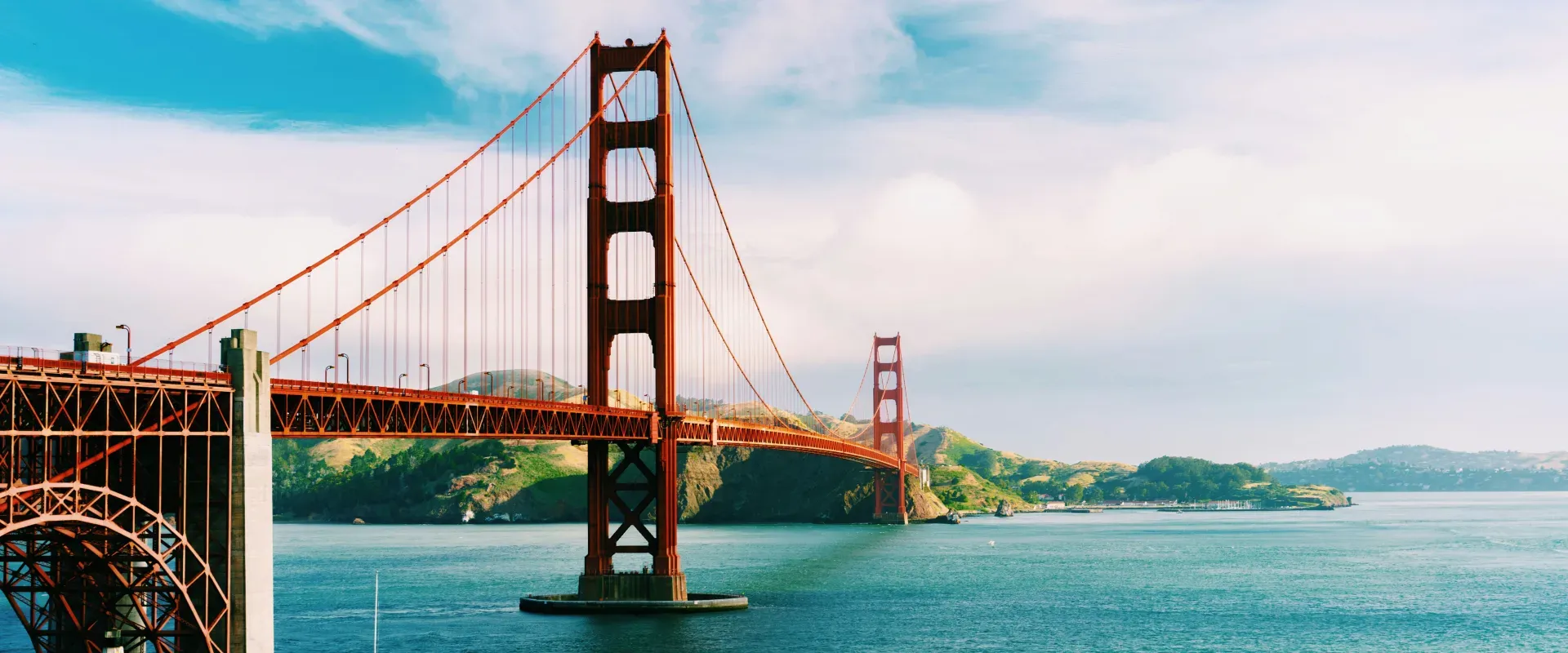
30 Free Things To Do In San Francisco That People Keep Recommending
Jan 6, 2026
10 min read

Marrakesh: The North African City Where Storytelling Is an Art
Jan 5, 2026
5 min read
